Chicago Public Schools have recently suggested for the Chicago Board of Education to alter the admissions process for selective enrollment elementary and high schools. The purpose of this initiative is to lead to a more equitable admissions process for students of all socioeconomic backgrounds.
What is the Current System?
The current system involves admitting students based upon their grade, their scores on entrance exams, such as the CPS High School Admissions Exam, and their socioeconomic status. For instance, students are ranked into one of four tiers, each corresponding to a different socioeconomic level. Tier four represents students in the highest socioeconomic level and tier one represents students in the lowest socioeconomic level. Under the current system, 30 % of the available seats are given to students who received the best grades and exam scores, regardless of their tier categorization. The remaining 70 % of available seats are then split equally among the four tiers and the highest-scoring students within each tier are placed into the available seats.
What is the Problem?
The great majority of seats in selective enrollment elementary and high schools are given to tier 3 and 4 students. According to CPS, the percentage of seats occupied by tier 3 and 4 students in selective enrollment elementary and high schools was 85% and 73% respectively in 2021. Driven by the leadership of the new CEO of CPS Schools, Pedro Martinez, this new initiative seeks to find a more equitable approach.
What is the Solution?
CPS has suggested two possible solutions to the Chicago Board of Education.
To keep the 30% rule but redistribute the remaining seats to ensure that enrollment is more evenly distributed among the four tiers.
To remove the 30% rule and give each tier 25% of the available seats.
Any changes in the admissions process will not be implemented until the application cycle for the 2023-2024 school year.
Source: https://cpsengagement.com/selective-enrollment-policy
Nate Mann, Test Prep Chicago Intern
